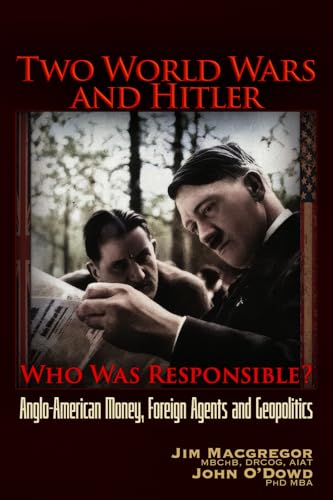
Lemberg, Lwow, and Lviv 1914-1947
by Christopher Mick
"Violence and Ethnicity in a Contested City"
Popularity
4.27 / 5
* A book's popularity is determined by how it compares to all other books on this website.
Where to buy?
Buy from Amazon* If you buy this book through the link above, we may receive a small commission at no extra cost to you.
Lemberg, Lwow, and Lviv 1914-1947 by Christopher Mick
Details
War:
World War I
Perspective:
Researcher
Biography:
No
Region:
Europe
Page Count:
460
Published Date:
2016
ISBN13:
9781557536716
Description
Main Themes and Topics
Lemberg, Lwow, and Lviv 1914-1947 by Christopher Mick presents a detailed exploration of the tumultuous history of a city that has been at the center of various imperial and national conflicts throughout the first half of the twentieth century. The book delves deeply into the social, political, and ethnic dynamics of Lviv, known as Lemberg in German and Lwów in Polish. Mick's narrative highlights the intricate tapestry of ethnic relations among the Roman Catholic Poles, Greek Catholic Ukrainians, and Jewish communities against the backdrop of World Wars I and II.
Central to the book is the impact of shifting political regimes on the city's populace. Lviv changed hands multiple times during the period covered, shifting from Austrian to short-lived Ukrainian control, then to Polish, Soviet, Nazi, and Soviet rule again. Mick meticulously examines how these transitions intensified existing tensions and contributed to outbreaks of violence, particularly targeting the Jewish population during the Nazi occupation.
The study also addresses the ideological underpinnings that influenced the interactions among these groups, exploring how ethnic and national identities evolved in response to external pressures and wartime experiences. This exploration is enriched by Mick's extensive use of archival research from diverse sources across Europe.
Writing Style and Tone
Christopher Mick's writing in Lemberg, Lwow, and Lviv 1914-1947 is characterized by a scholarly and comprehensive tone. The book is meticulously researched, with the author often relying on archival documents to provide depth and authenticity to his narrative. While the subject matter is complex, Mick maintains clarity in his exposition, making the book accessible to both academic audiences and general readers with an interest in European history.
Criticism
Some readers might find the detailed archival approach taken by Mick to be dense, potentially overwhelming those not accustomed to academic historical analysis. The plethora of details, while adding to the book's richness, may sometimes detract from the broader narrative flow for casual readers. Furthermore, the intense focus on ethnic and political conflicts, though essential, could benefit from more personal stories to add a human element to the historical discourse.
Brief Summary
Set against the dramatic backdrop of early to mid-twentieth century Eastern Europe, Lemberg, Lwow, and Lviv 1914-1947 offers a compelling account of how a city and its diverse inhabitants navigated the seismic political shifts brought about by two world wars. Mick's work provides a thorough examination of the means by which Poles, Ukrainians, and Jews in Lviv adjusted to the city's changing national allegiances and the resultant impacts on their lives and communities. In doing so, the book sheds light on a city perpetually in the crosshairs of imperial ambition and nationalistic fervor.









